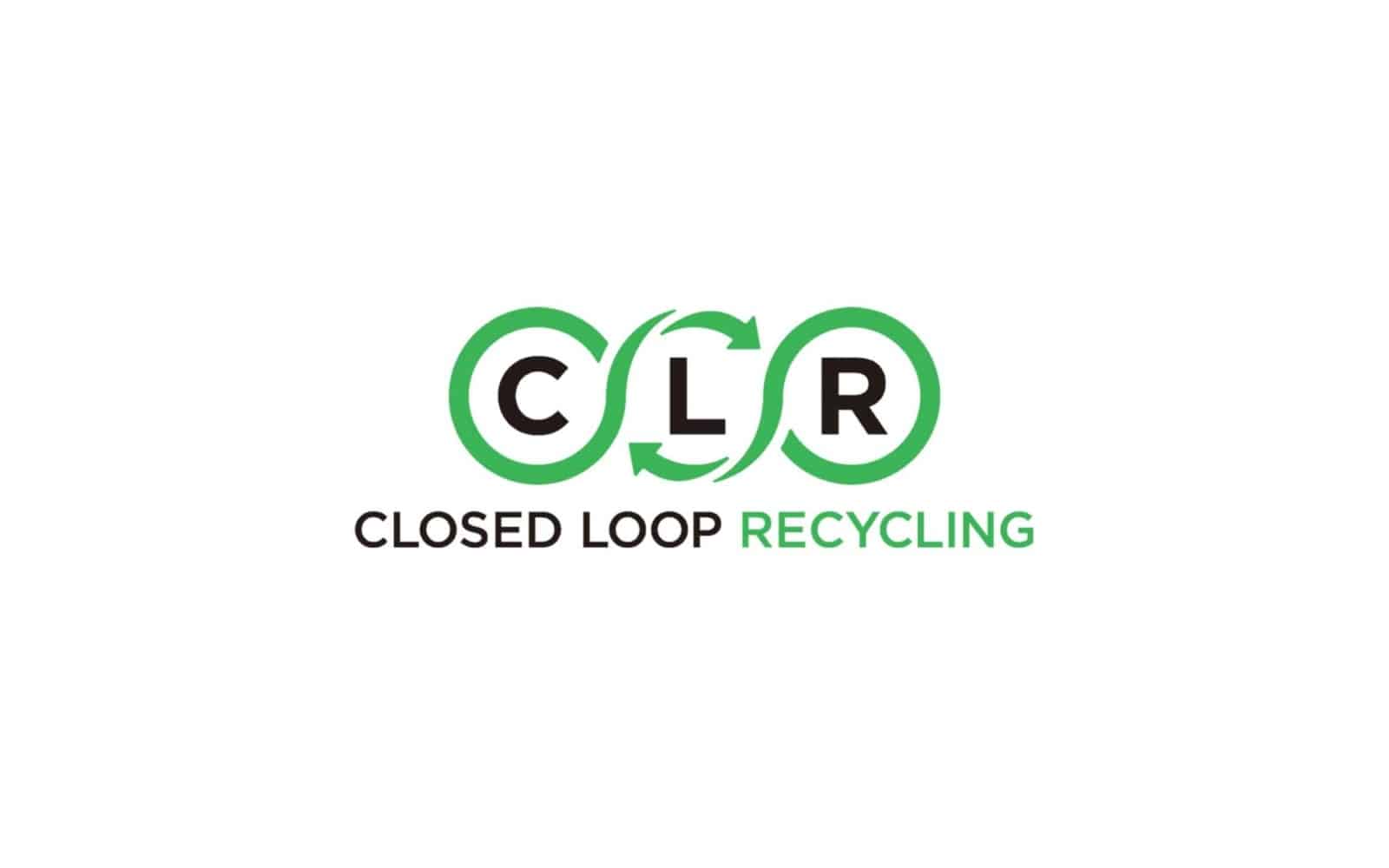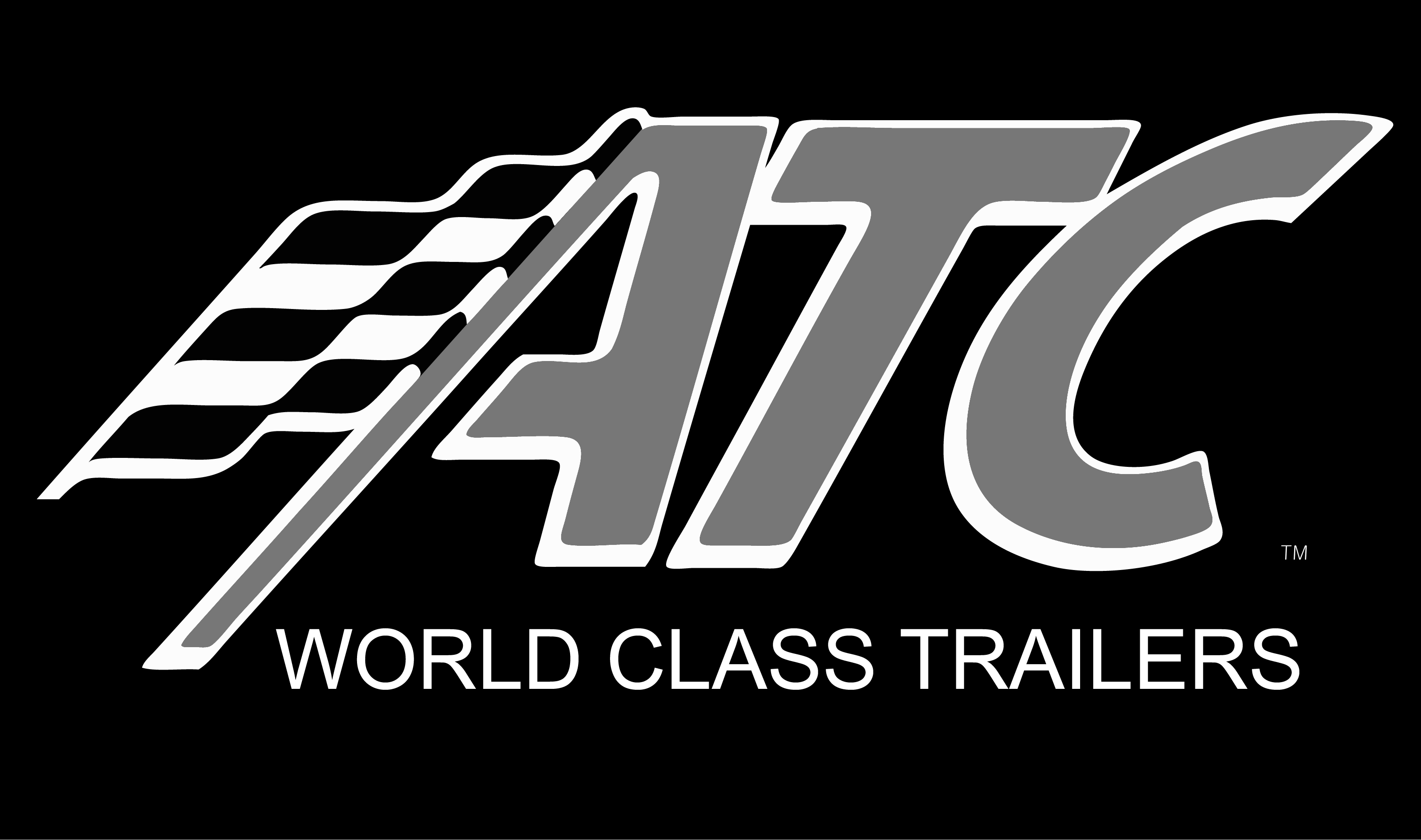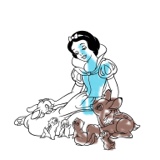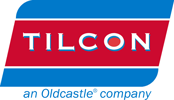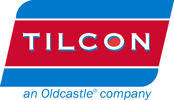Title Page
-
Document No.
-
Audit Title
-
Client / Site
-
Conducted on
-
Prepared by
-
Location
-
Personnel
Facility, Campus, or Job Location Address
-
Physical location of worksite; unit, department, facility, building, loading dock, or warehouse
-
<br>Name of Facility Manager, Supervisor, or Manager
-
Environmental Conditions OK; Weather Hi, Lo, Factors to Consider
-
Are OSHA, OSHA 300, Federal and State Required posters displayed in a common area
-
Are safety signs or warning signs posted where appropriate
-
Are emergency phone numbers, EAP, or other internal contact numbers posted
-
Are work areas, employee parking lot, side walks, landscape, and areas around the building clean and orderly
-
Are combustible scrap, debris, and waste stored safely and removed from immediate work areas promptly
-
Are adequate toilets, washing facilities, wash areas, clean and sanitary
-
Are work areas adequately illuminated, with 3-4' isle spacing, clean without heavy dust, or other pollution
-
Are eye wash stations, emergency safety showers, fist aid kits, located in easy to access locations
Storm Water Pollution Prevention Plan
-
Has a SWPPP Program been Implemented
-
Is the SWPPP Sign Posted
-
Is the SWPPP Log Up to Date
-
Are SWPPP Surveys Available as Required
-
Are SWPPP Best Management Practices (BMP's) Used
-
SWPPP Entrances and Exits Identified
-
Are Floatable Trash, Debris, Materials Protected by Silt Fence, Mulch Socks
-
Are Storm Outfalls Clear of Trash, Debris, Construction Materials
Hazard Communication - HAZCOM
-
Has a Hazard Communication Program been Implemented
-
Is there a Hazardous Chemical List - Safety Data Sheets Binder or Electronic Safety Data Sheets File
-
Are Bulk, Non Bulk, Flammable, and Hazardous Containers Labeled
-
Are Chemicals Properly Stored
-
Are Gas, Paint, Epoxy, other Flammable Liquids and Solids Stored Properly
-
Have we prepared for Spills or Leaks, Hydraulic Fluid, Oil, Gas, Hazardous Chemicals, or Other Spills
-
Have we Anticipated Working Near Unsafe Airborne Contaminates, like Concrete Dust, H2S, Co, Chlorine, Ammonia
-
Are Acetylene, Oxygen, other Compressed Gas Cylinders Stored Safety
-
Are Spill Kits Available, Absorbent Materials, Absorbent Pads, Absorbent Socks, Shovels, Brooms, Trash Liners
First Aid, Minor Emergency Center, Emergency Services
-
Is there an Urgent Care facility located near the facility or campus?<br>
-
Is there an Emergency Services Facility, ER, or Hospital located near the facility or campus?
-
Is there a Fire or Police Department located near the facility or campus?
-
Is there a CPR, AED, First Aid trained employee on this shift?
-
Are First Aid Kits, AED, Eye Wash, Safety Showers, Emergency Equipment and Supplies Available? Where are they located; in the Immediate Work Area, Office Trailer, Company Vehicle, Easy to Access by Everyone?
-
Are Sterile Band Aids, Eye Wash, Tweezers, Antiseptic, Gauze, CPR Protector Shield, Burn Ointment, Blood Born Pathogen Kit, Available
-
Are Emergency and Non Emergency Contact Numbers Displayed in the Work Areas for Reporting all Near Misses, Incidents, Accidents, Medical Events, Urgent Care, and Emergency Situations; Fire, Police, EMT Responders
-
Are Exit Doors Easily Opened from Inside and Outside
-
Are Exits Clear from Obstructions
-
Are Fire Extinguishers in Place, Charged, Inspected, and Clear from Obstructions
General Safety
-
General Appearance; i.e. Company Vehicle Parking , ADA Signs, Parking Stipes, Entrance - Exit Signs, EE Ramps, Painted Striping, Stop-Warning-Cautions Signs, Fences, other Safety through Design Considerations, Production Vehicle Traffic, Employee Vehicle Traffic, Pedestrian Traffic Concerns
-
Are Passageways, Walkways Clear in Common Work Areas, Free from Slippery Conditions
-
Are Passageways, Walkways, Clear in Storage or Lay Down Areas, Free from Hazardous Conditions
-
Do Work Areas Have Adequate Lighting, for Day or Night Operations
-
Are Workers Provided with a Flashlight or Other Portable Light Provided Nearby before Entering Dark Holds, Compartments, or Other Spaces
-
Are Materials Stored in Their Designated Place and Stored or Stacked to Avoid Fall or Collapse
-
Have Obstructions Been Eliminated from Routine Pathways such as Holes, Loose Boards, Lumber that Could Produce Splinters
-
Are Hoses, Electrical Cords, and Service Cords Positioned to Prevent Injury, or Slip, Trip and Fall Hazards
-
Have Nails, Screws, or Puncture Hazards Removed from Walkways, Removed from Work Area, Positioned with Safety in Mind
-
Have Impalement Protections Been put in Place, like Silt Fence, Mulch Socks in Good Condition
-
Has Trash Picked Up, Disposed of Regularly, Placed in Correct Containers
-
Are Lunch Areas Clean, Common Areas Clean, Break Areas Clean
-
Are Workers are Communicating Clearly at Acceptable Volume, No Shouting
-
Are Restroom Clean, Portable Rest Room Clean, Free From Trash
-
Do we Have the Correct Number of Fire Extinguishers, Fully Charged, Inspected and Up to Date
-
Is Potable Drinking Water Available, Sanitary Disposable Drinking Cups
-
Is Soap, Hand Cleaner, and or Sinks Available to Wash Hands
-
Are other Construction Tools Undamaged, Have Safety Guards in Place As Designed by the Manufacture
-
Are Other Hand Tools, Equipment Undamaged, No Homemade Hand Tools
-
Are the Correct Tools Being Used for the Scope of Work
-
Overall, Are Workers Using Safe Work Methods
-
Are Employees Working at a Safe Pace, Not Running or Climbing over Object Unsafely
-
Are There Enough Garbage Cans in Designated Break Areas and Other Locations Where Trash May Accumulate
-
Overall Housekeeping in Good Condition; Free from Trash, Paper Cups, Scrap Materials, Water Bottles, and Other Objects
Confined Space
-
Are Confined Space Non-Permit Work Areas Safe, Free from Atmospheric Hazards, LOTO in Effect
-
Have Confined Space Non-Permit Atmospheres been Tested Prior to Entry, with Continuous Testing While Competing Task, Supervisor knows Which Employees Working in Confined Space, Supervisor Periodically Checks on Employees, Supervisor Notified of Any New or Changing Hazards, Entry and Exit Points, Ladders Available,
-
Has the Confined Space Non-Permit Equipment; PPE, Atmospheric Testing Device, Communications Equipment, Alarm Systems, Rescue Equipment been Established
-
Has a Correct Confined Space Work Permit Issued by Client, Issued by Supervisor, Or Required for Atmospheric Hazards
-
Has the Confined Space Work Permit; Entry Supervisor Completed Permit, Attendant Assigned, Entrants Assigned, Recorded on CSP Log
-
Does the Confined Space Work Permit Communicate Hazards to Entrants, With Atmosphere Continuously Monitored, Safe Entry and Exits, Proper PPE, Ventilation According to Hazards, Emergency Communication, Surface Rescue Equipment in Place, Harness, Lifeline, Man Basket, Supervisor Informed of New or Changing Hazards, All Employees Accounted listed on the Sign In /Out sheet, Permit Cancelled by Supervisor
Excavation and Trenching
-
Who is the Competent Person Monitoring the Work on the Excavation or Trenching Task
-
Is Daily Inspection Complete for the Excavation Equipment, i.e. Front end Loader, Back Hoe, Excavator, Skid Stear
-
If Trenching 4 + feet ; Has it been Inspected by Competent Person, Benching, Sloping, Shoring, Equipment Used According to Plan, Manufacture Design, or Engineering Design
-
Are Spoils back 2ft, Entry -Exits within 25 ft, Open Areas Covered, Fenced, or Barricaded to Protect Workers and Pedestrians
-
Have Ladders, Ramps, or Other Means of Egress been established no more than 25' of lateral travel, for the employees
-
Are Other Hazards Eliminated or Controlled; i.e. Atmospheric Hazards, Continuously Tested, Documented
Personal Protective Equipment - PPE
-
Are Company Uniforms, High Visibility Clothing, Safety Vest, Body, Limb, and Foot Protection Acceptable
-
Are the Correct Forms of Eye- Face Protection Being Used for the Task Being Completed; i.e. Cutting, Welding, or Grinding
-
Are the Correct Hand Protection, Gloves, Hard Hats, Proper Footwear, Safety Vest Being Used for the task
-
Is Hearing Protection Worn in Designated Areas, or Areas Where it Noise Exceeds 85 dBA
-
Are Hard Hats, Double Hearing Protection, Extra PPE Safeguards needed for any task on this shift
-
Fall Protection 6 + feet, Fall Arrest Systems, Retractable Lifelines, Lanyards; Full Body Harness, Worn Properly, Tied Off, Anchored Securely, Inspected by Workers
-
Is Additional PPE Used When Required; Does it Meet or Exceed OSHA Standards
-
Is PPE and Fall Protection Use Above Average for the Scope of Work Being Performed
-
Respiratory Protection, Dust Mask, or Full Face Respirator Required for any task on this shift
Electrical, Power Tools, Extension Cords
-
Are There any Exposed Electrical Hazards, Open or Damaged Control Panels, Bare or Exposed Wires, or other Electrical Hazard Concerns
-
Are Electrical Cords Free of Defects, i.e. Tool, Extension Cords,Temporary Wiring, or Temporary Lighting with Double Insulated Cords
-
Are GFCI's being used? Are extension cords organized, neat, and free from generating trip, slip, or fall hazards
-
Are Electrical and Stored Energy Sources Locked Out or Tagged Out, Secured and Organized with a Group LOTO Box, and clearly communicated to the Site Supervisor, or Lead Craft Personnel on this shift
Scaffolding and Aerial Lifts
-
Are Employees Properly Trained, having wallet cards on their person to demonstrate
-
Has the scaffold been inspected by a Competent Person, prior to use? Is it tagged and easy to read
-
Is the Ground Condition Adequate, with Ground Anchors, Base Plates, Mud Sills, Screw Jacks, Fasteners, or Tie Downs
-
Is Proper Footing; Safe Tie-In to Structure, Wheels Locked on Portable Units, All X Braces Installed, Gates on Access Points, Safe Planking Properly Installed, Toe Boards Installed, Guardrails Installed, Proper Access, In Safe Working Condition
-
Are Top Rails, Mid Rails, Toe Boards Cross Bracing, Type and Condit on of Planks Correctly Assembled
-
Are Employees Tied Off if Required, Using the Aerial Lifts Safely, As Designed
-
Are Personnel Lifts, Scissor Lifts, Telescopic Boom Lifts, Any Combination of Lifts; Pre Shift Inspected, Visually and Mechanically
-
Are Work Zone Safe, Away from Drop Offs, Overhead Clearance, Overhead Electrical Lines, Unstable Surfaces, Slopes, Ditches, Utility Lines, High Wind, Debris, Floor Openings, Obstructions, Inadequate Ceiling Heights,
-
Are Fall Protection Gates Closed, Workers Tied Off, Standing on the Platform, Not Climbing or Leaning Over Guardrail, Using Full Body Harness Tied to the Aerial Lift
-
Are Workers Using Safe Operations, Traveling, Loading, Not Using the Equipment as a Crane, Not Carrying Object Larger than the Platform
Heavy Equipment; Cranes, Excavators, Front End Loaders, Back hoe, Track Hoe
-
Are Annual Inspections Current, Daily Inspections Complete, Fire Extinguishers Available, Swing Radius Protected with Barricaded, Outriggers Fully Extended; Safely Positioned, Level, In Safe Operating Condition, Load Charts Available, No Hydraulic Leaks, Decals in Good Condition, Hooks Have Safety Latches, Tag Lines Available, Hand Signals Posted,
-
Is Daily Inspection Complete for the Crane, Rigging, Shackles, Spreader Bars, other Specialty Lifting Gear, with Certificates Available
-
Is the Equipment Positioned on Firm and Level Surface, Away from Drop Offs, Unsafe Overhead Clearance, Overhead Electrical or Power Lines, Crane Operator Using Load Charts, Not Exceeding the Rated Capacity of the Crane and Rigging Planned for the Lift
-
Is the Operator and Rigger Using ANSI Hand Signals, Clear Path, Angle for Lifts and Lowered, Using Tag Lines, Maintain 10 ft from Power Lines, Ensure Rotating Parts, Other Moving Parts, or Equipment is Guarded, to Avoid Contact with Workers
-
Have we Inspected Rigging and Wire Rope Prior to Use, Tagged Properly, No Damage or Deformities, Rigging is Not Loaded in Excess of Manufacture Safe Working Load Limits, Stored in Safe Area so Not to Present a Hazard, No Make Shift Rigging, Pad or Soften Rigging from Sharp Edges, Not Shock Loaded
-
Have we Inspected the Heavy Equipment Before Each Shift, by a Competent Operator, Are Back Up Alarms Working, ROPS Installed, Operator Using Seat Belt, No Broken Windows Interfering with Operator, The Unit is In Safe Operating Condition, Steers Properly, No Physical Damage
-
Safe Operations, Traveling in and Out of Work Zones, Staying Clear of Utilities, Other Contractors, Using Spotters as Needed
-
Is the Work Zone Around the Crane Clean, Without Trash, Debris, or Construction Materials to Avoid Slip, Trip, Falls
-
Is the Crane Exterior and Interior Clean, Free from Trash, Oil, or Other Slippery Materials to Avoid Falling When Climbing Up or Down
-
Are Back up Alarms, Horns, Whistles, or another Audio Warning Devices Being Used
-
Are Safe Work Methods Being Used; Hand Signals, Audio Signals, 2 -Way Radios, Extra Communication in Use
Trip and Fall Safety
-
Are Walking-Working Surfaces even and uncluttered
-
Are Entry and Walkways Kept Clear
-
Are Intersections Kept Clear of Boxes, Storage Containers, and Other Materials
-
Are Floor Surfaces Free of Liquids or Spills
-
Are Stairs and Risers Kept Clear
-
Are Railings in Good Condition, Free from Defects or Damage that Might Contribute to an Accident
Ladders
-
Are Workers Inspecting the Ladders to Ensure They Are in Good Working Condition
-
Are the Ladders Safe for Electrical Work, Non Conductive, Away from Power Lines
-
Are the Ladders the Right Size for the Tasks, to Avoid Overreaching, or Standing At or Near the Top of the Ladder
-
Are the Ladders Feet Working Properly, Have Slip Resistant Pads, and Positioned Correctly on a Firm and Level Base
-
Are Workers Using Towlines, a Tool Belt, or Assistant to Convey Materials so that the Workers Hands are Free When Climbing
-
Is the Base of a Strait Ladder(s) out 1 ft for every 4 ft, of Height to the Point of Support
-
Are the Workers Using 3 Points of Contact While Climbing ( 1 hand and 2 feet or 2 hands and 1 foot)
-
Are the Ladders Placed Away from Doors or Entrances, or Have the Entrance's been Blocked off or Barricaded
-
Are Fall Preventative Measures in Place and Used Where Gaps Occur in Railings.
-
Are Workers Below Protected From Falling Materials, i.e. Tools, Bolts, Construction Materials
Inspection Summary
-
Summary Notes with Observation Attributes, Deficiencies, and Concerns
-
Add signature






